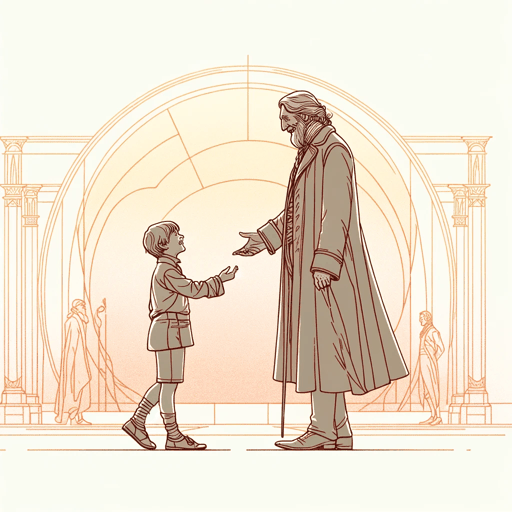89 pages • 2 hours read
Frances Hodgson BurnettA Little Princess
Fiction | Novel | Middle Grade | Published in 1905A modern alternative to SparkNotes and CliffsNotes, SuperSummary offers high-quality Study Guides with detailed chapter summaries and analysis of major themes, characters, and more. For select classroom titles, we also provide Teaching Guides with discussion and quiz questions to prompt student engagement.
Themes
The Power of the Imagination
The power of the imagination is a major theme of A Little Princess. Sara Crewe uses her exceptional ability to imagine to comfort herself and endure harsh treatment as well as to help others. Sara attempts to deal with her upcoming separation from her beloved papa by imagining a doll named Emily who will serve as her intimate friend. When Sara finds her ideal doll in the shop window, her strong imagination enables her to feel as if she and the doll already know each other: “A flush had risen to her face and there was an expression in her green-gray eyes as if she had just recognized someone she was intimate with and fond of” (12). During Sara’s separation from her father, she relies on pretending that her doll Emily is alive, with the ability to hear and understand what Sara confides in her. Sara enjoys imagining that all dolls secretly read, talk, and walk when humans leave the room; they return to doll-like stillness when people return.
Sara helps her friends Ermengarde, Lottie, and Becky by utilizing her imagination. When Ermengarde struggles with her lessons and has difficulty recalling what she reads, Sara tells her vividly imagined accounts that enable her to remember: “She plunged into the gory records of the French Revolution, and told such stories of it . . . that there was a delightful thrill in listening” (188).
Related Titles
By Frances Hodgson Burnett



